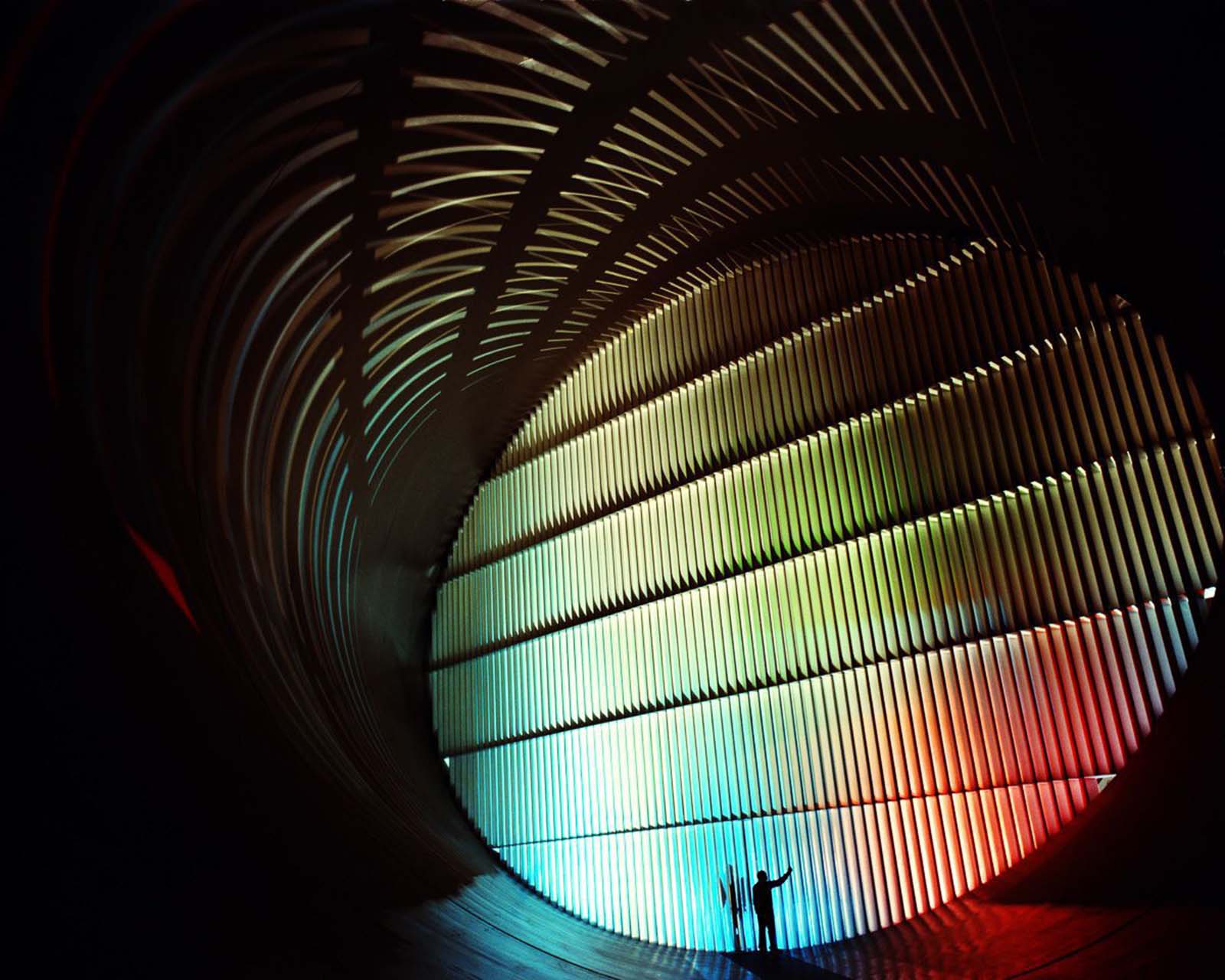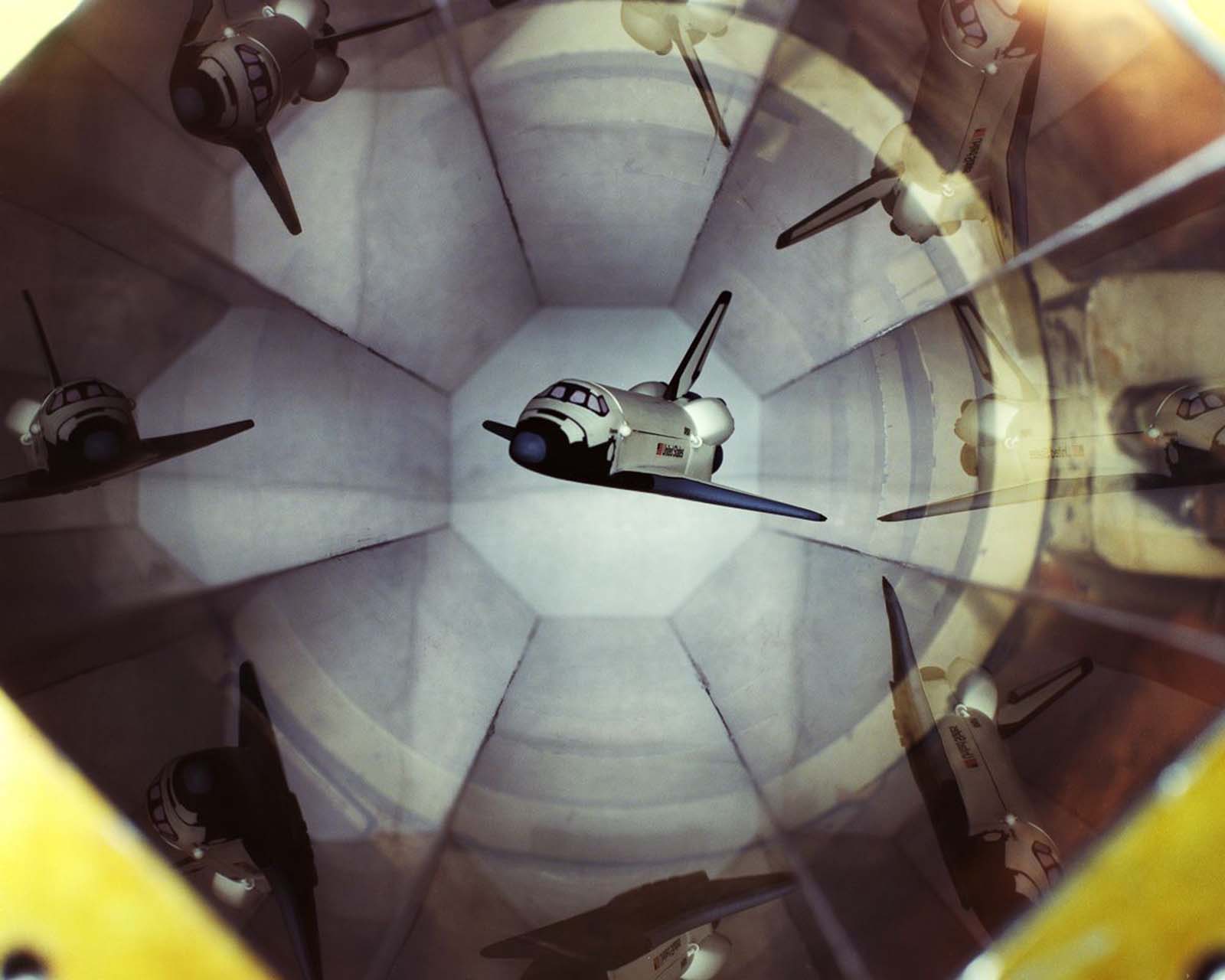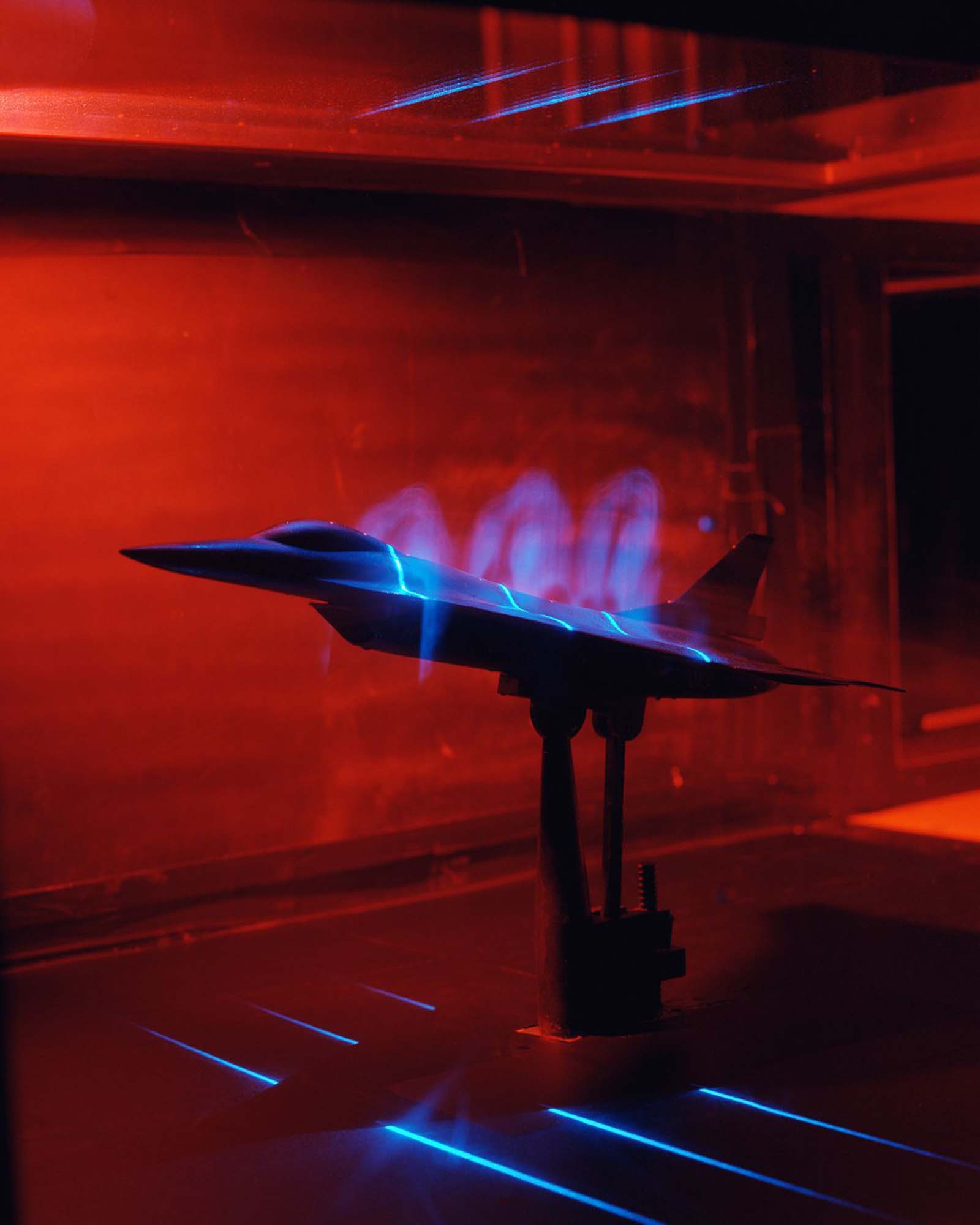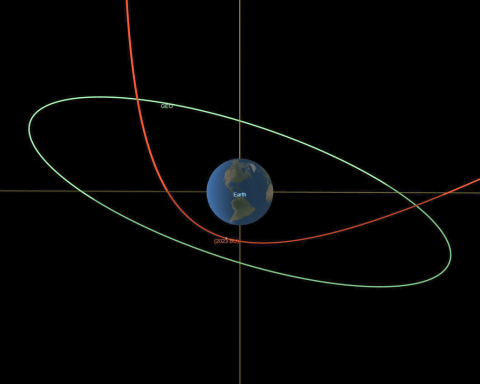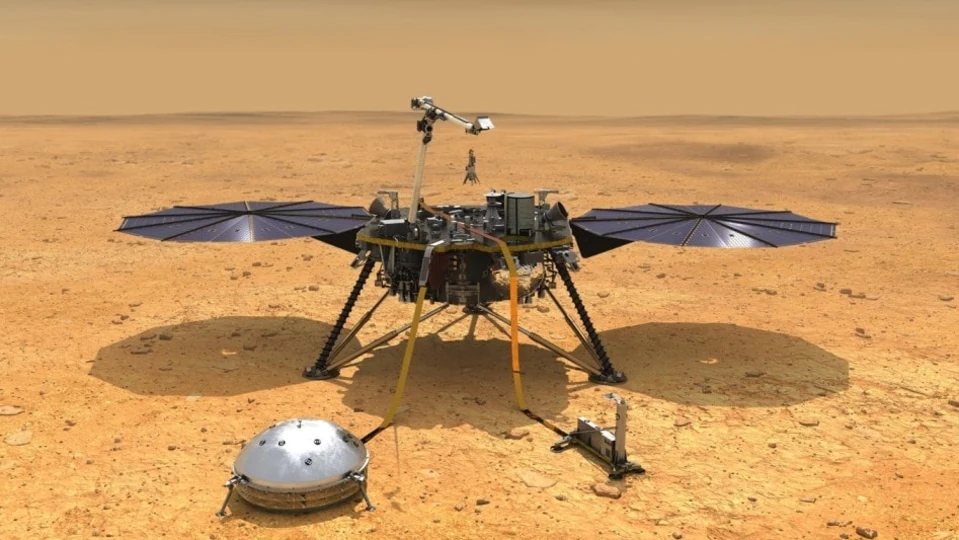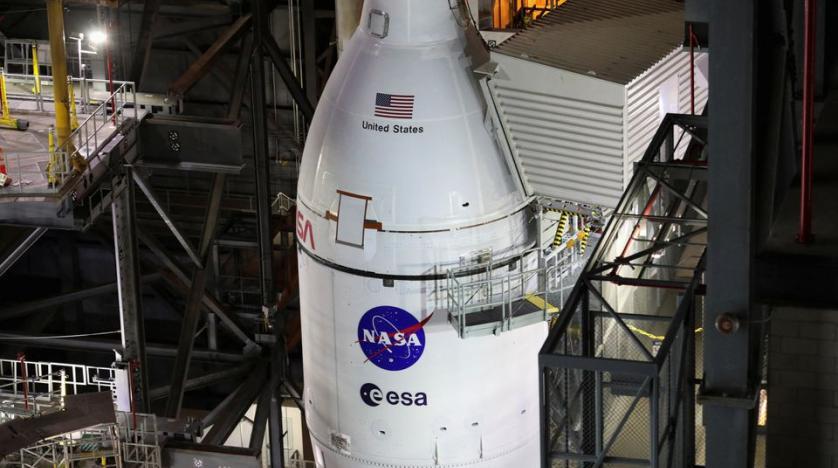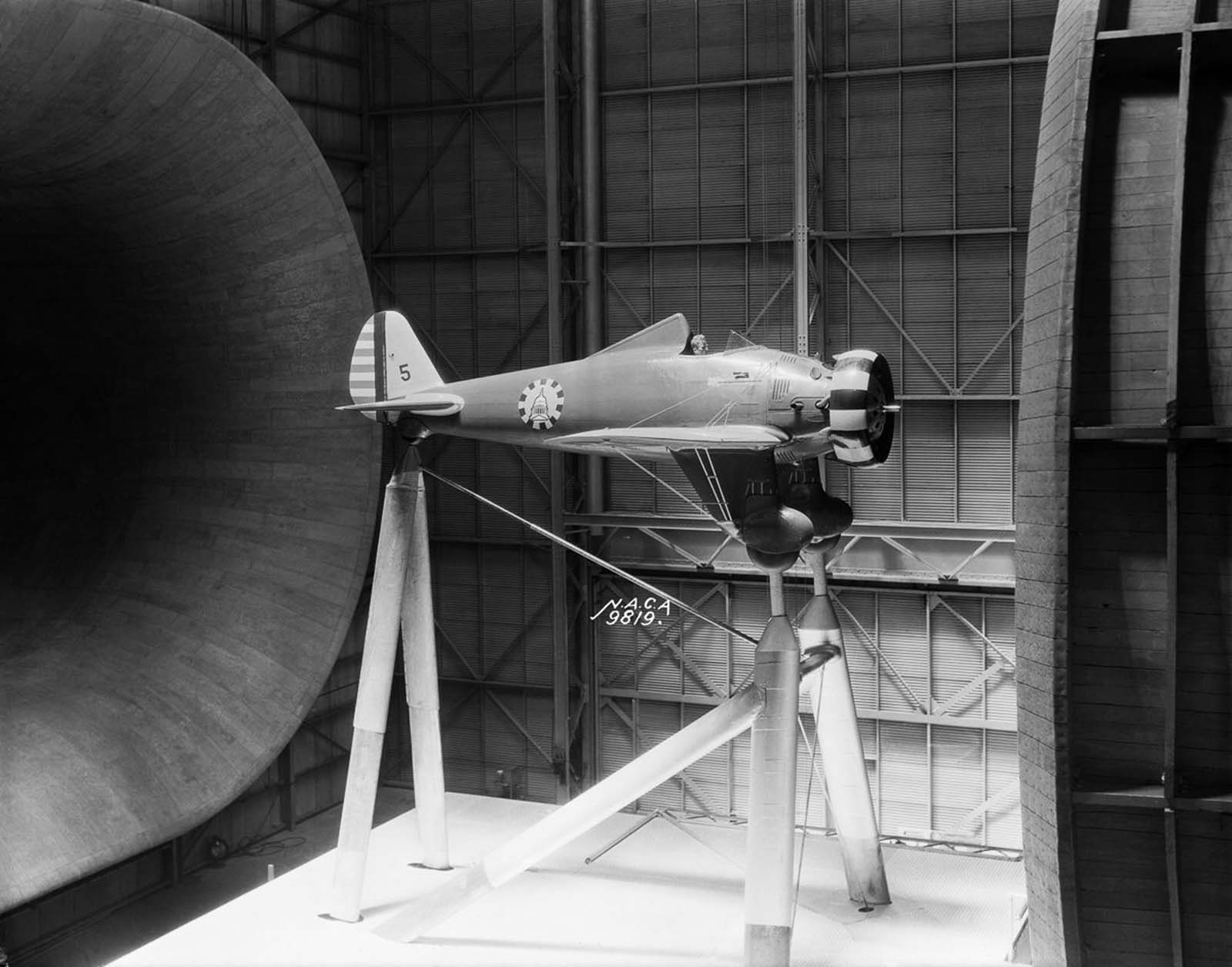
It was absolutely necessary that all NASA craft underwent complete testing through one of the administration’s 42 major wind tunnels and got cleared for liftoff once all the parameters were reached.
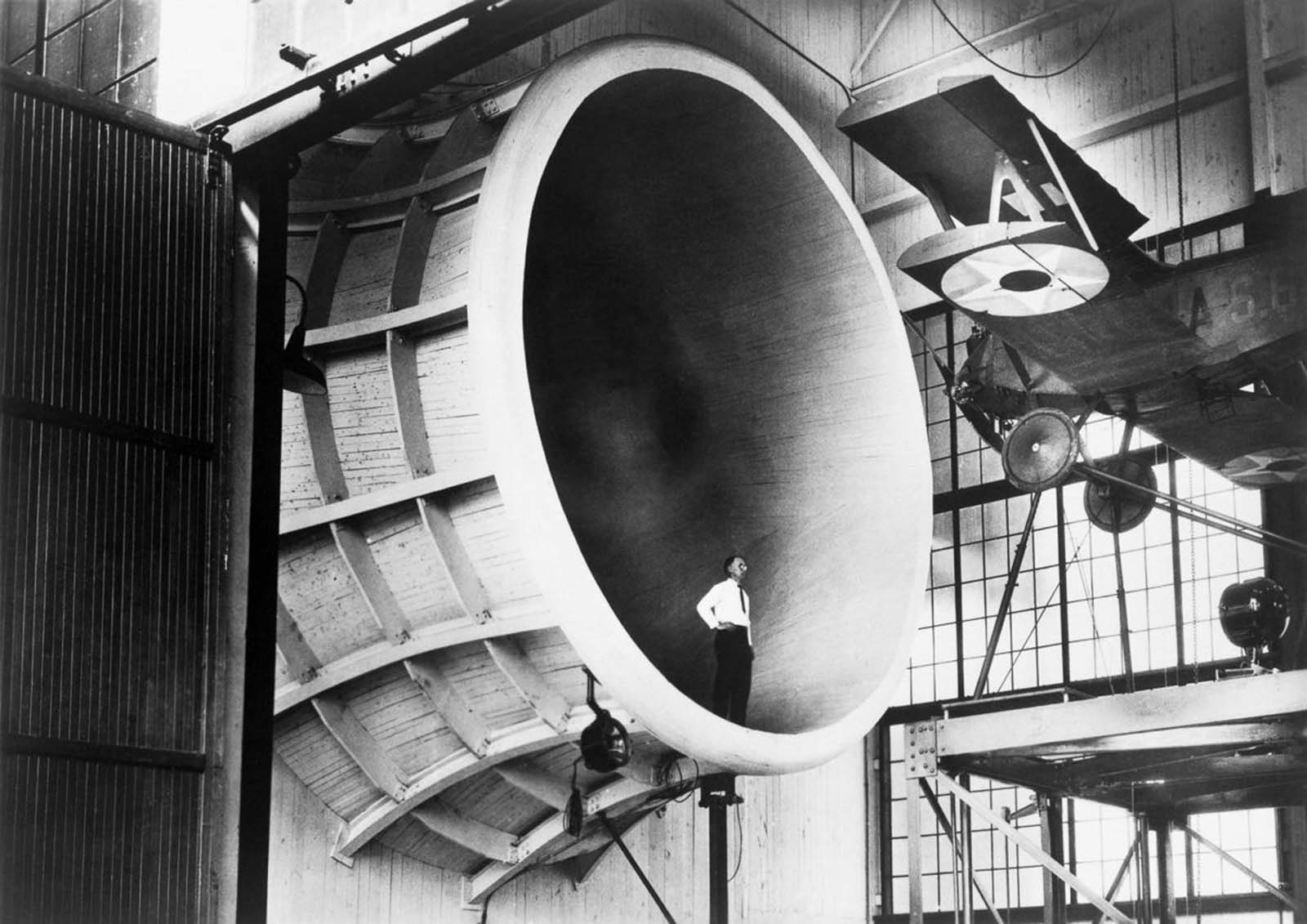
The wind tunnels varied from a few inches wide to large enough to test full-sized aircraft. Most times, large powerful fans sucked air through the tube.
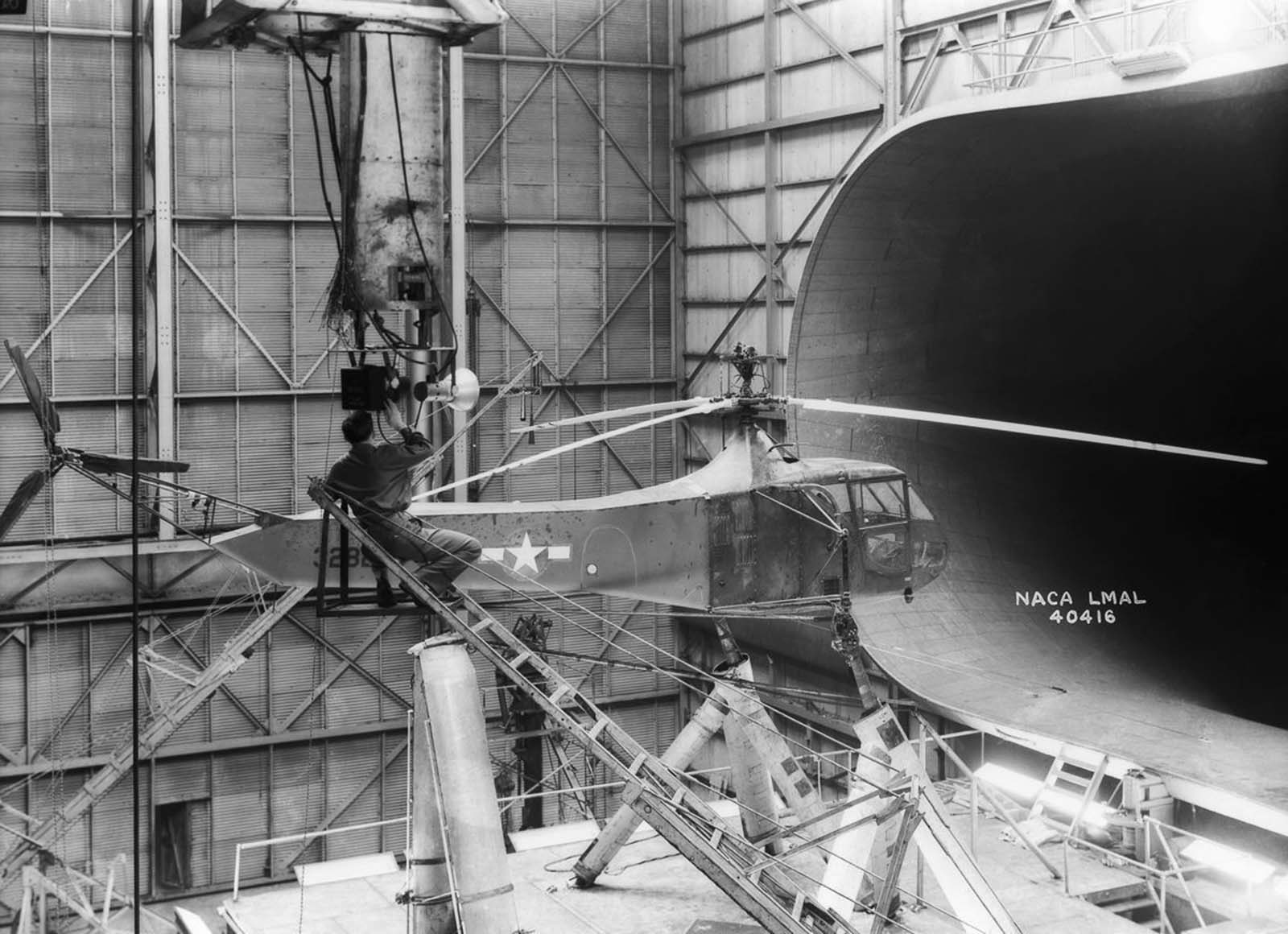
The object that was being tested was held securely inside the tunnel so that it didn’t move. The object could be an aerodynamic test object like a cylinder or an airfoil, an individual component, a small model of the vehicle, or even a full-sized vehicle.
RELATED: The Story Of Sarajevo’s Romeo And Juliet, 1993
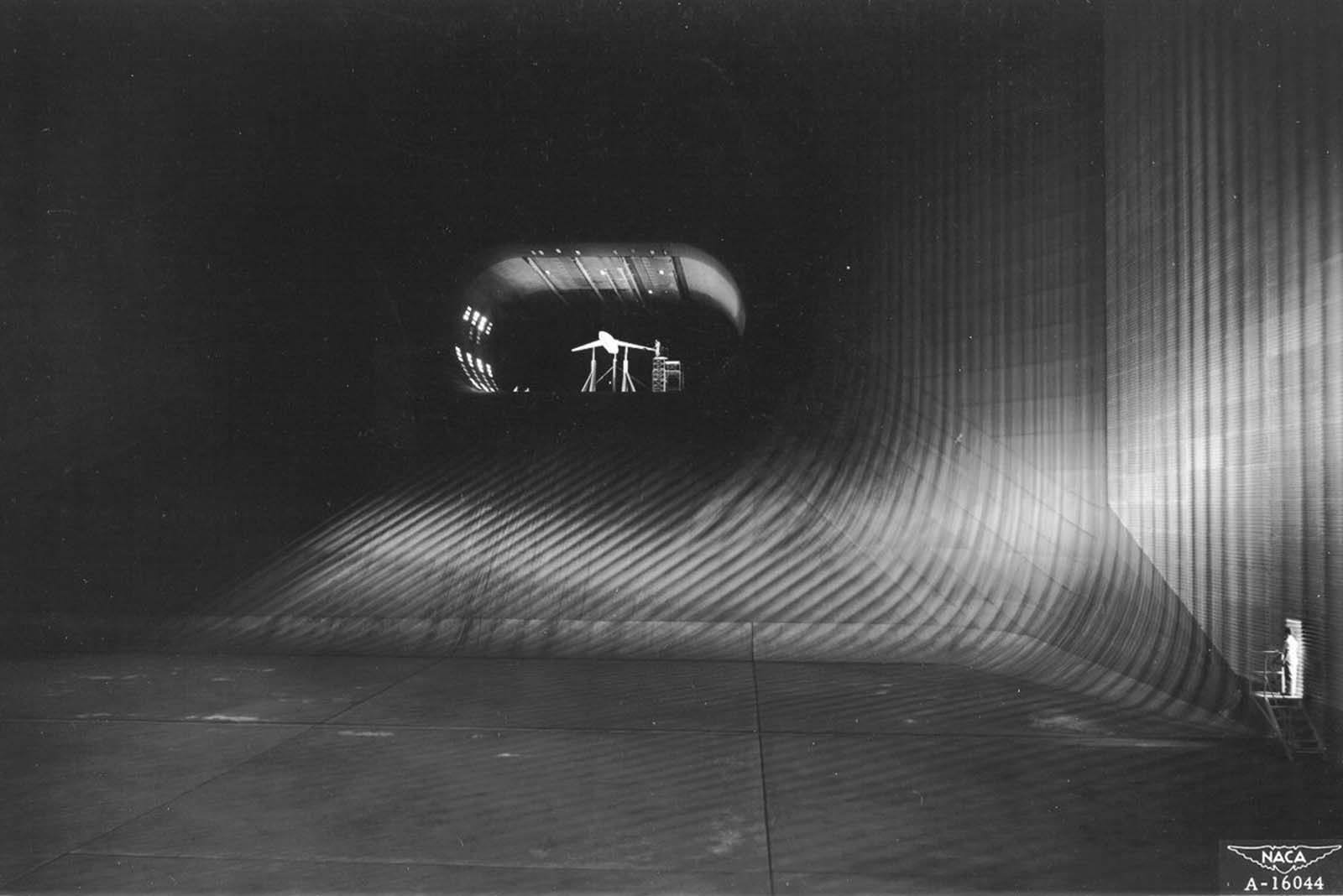
The air moving around the object showed what would happen if the object was moving through the air. The motion of the air was studied in different ways; smoke or dye was placed in the air and then seen as it moved around the object.

The first wind tunnels were invented at the end of the 19th century, during the early stages of aeronautic research, when many had developed heavier-than-air flying machines.
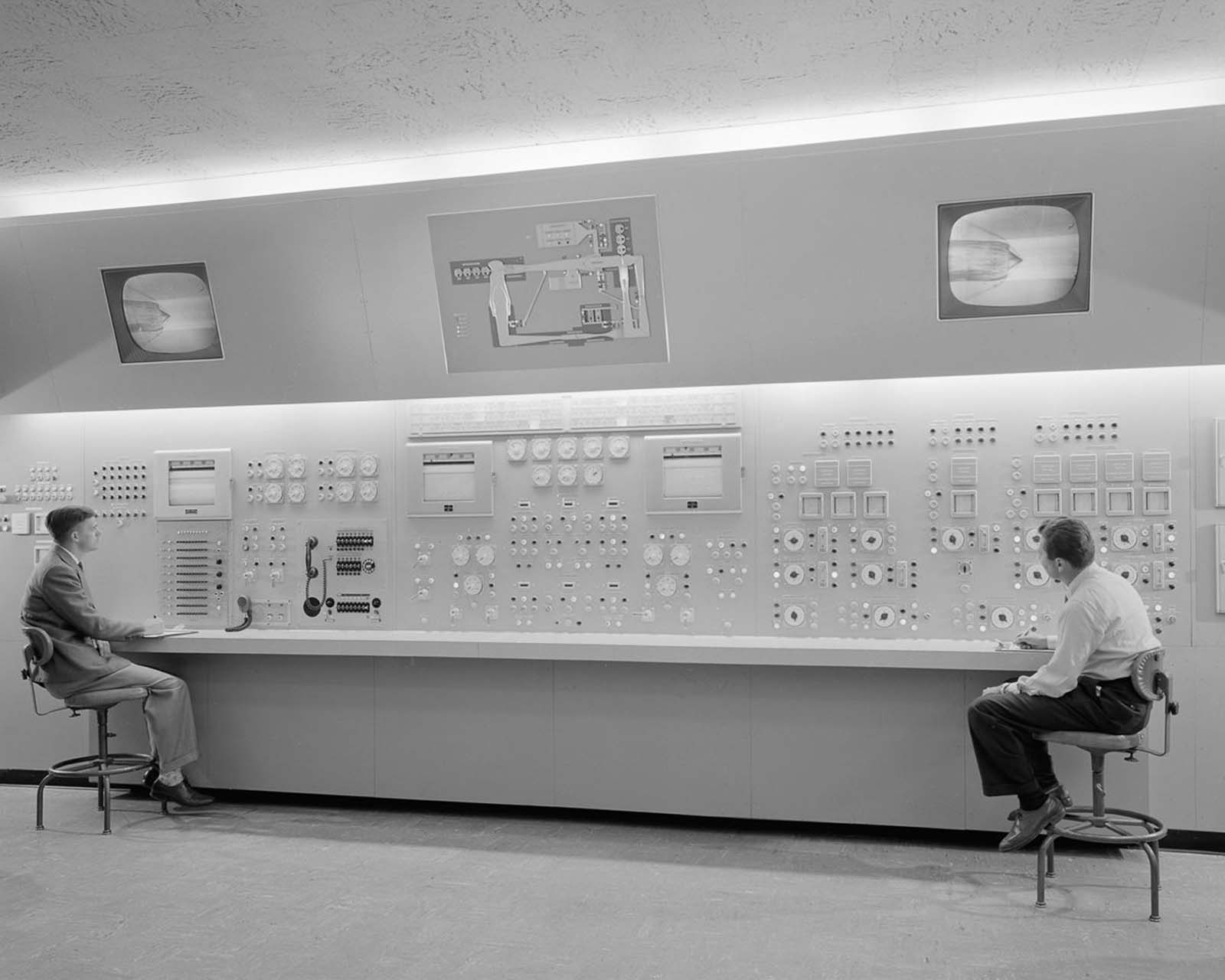
It was seen as a way to reverse the normal, so rather than the air standing still and an object moving at speed through it, the same effect was obtained if the object stood still and the air moved at speed past it.
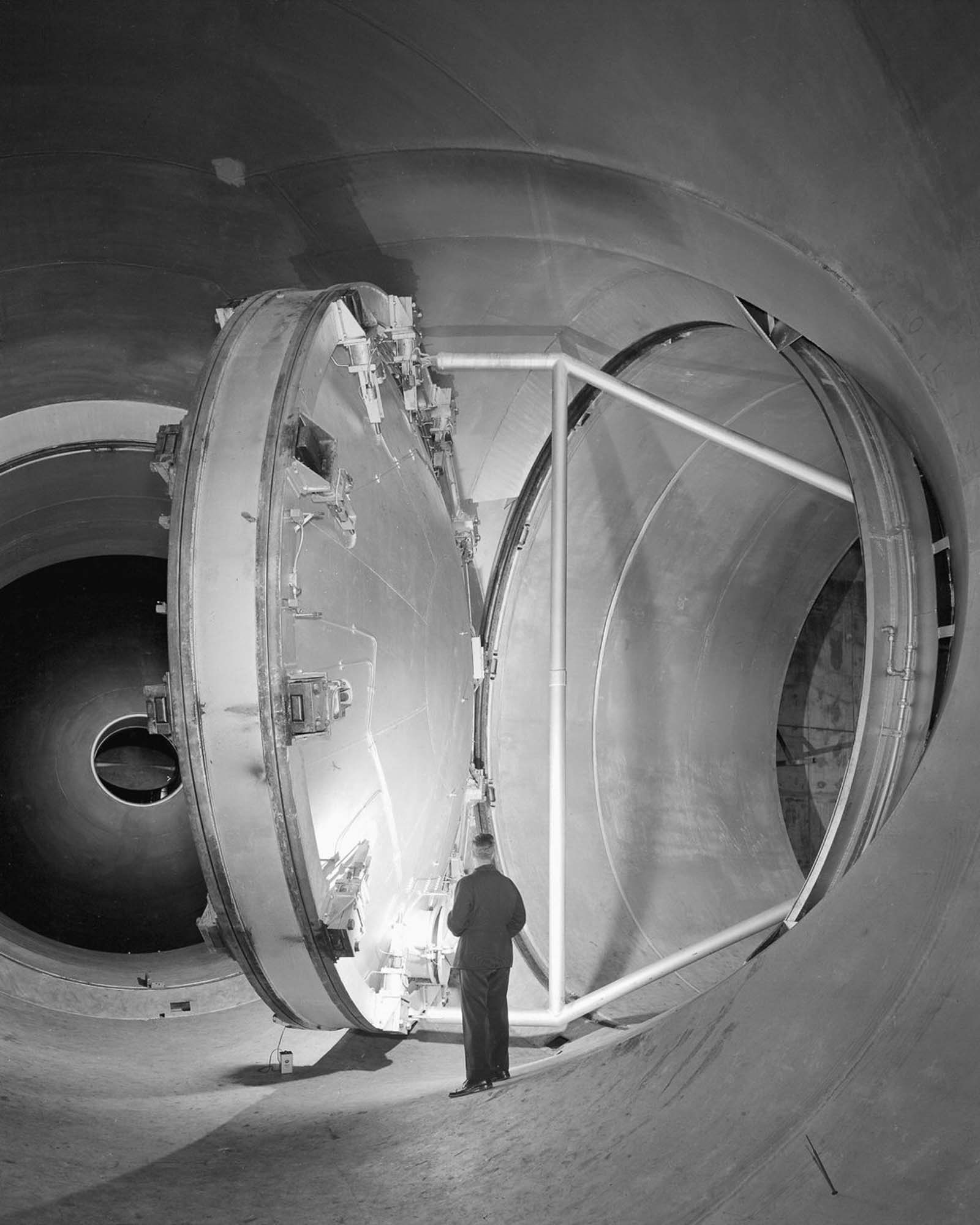
This way, a nearby observer was able to observe the flying object in action and then, measure the aerodynamic forces being forced on it.
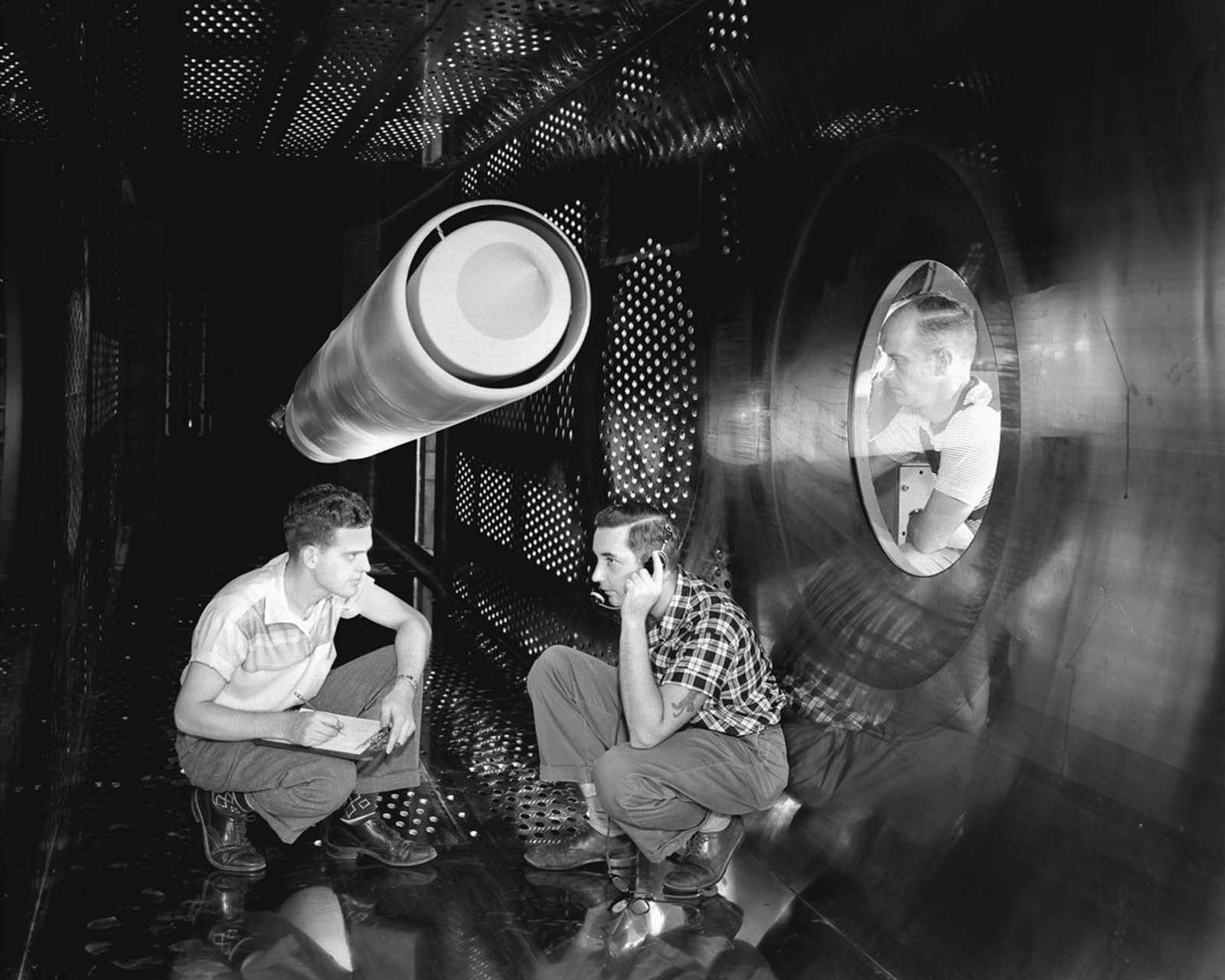
In 1916, the US Navy built what could be classified as one of the largest wind tunnels in the world at that time at the Washington Navy Yard.
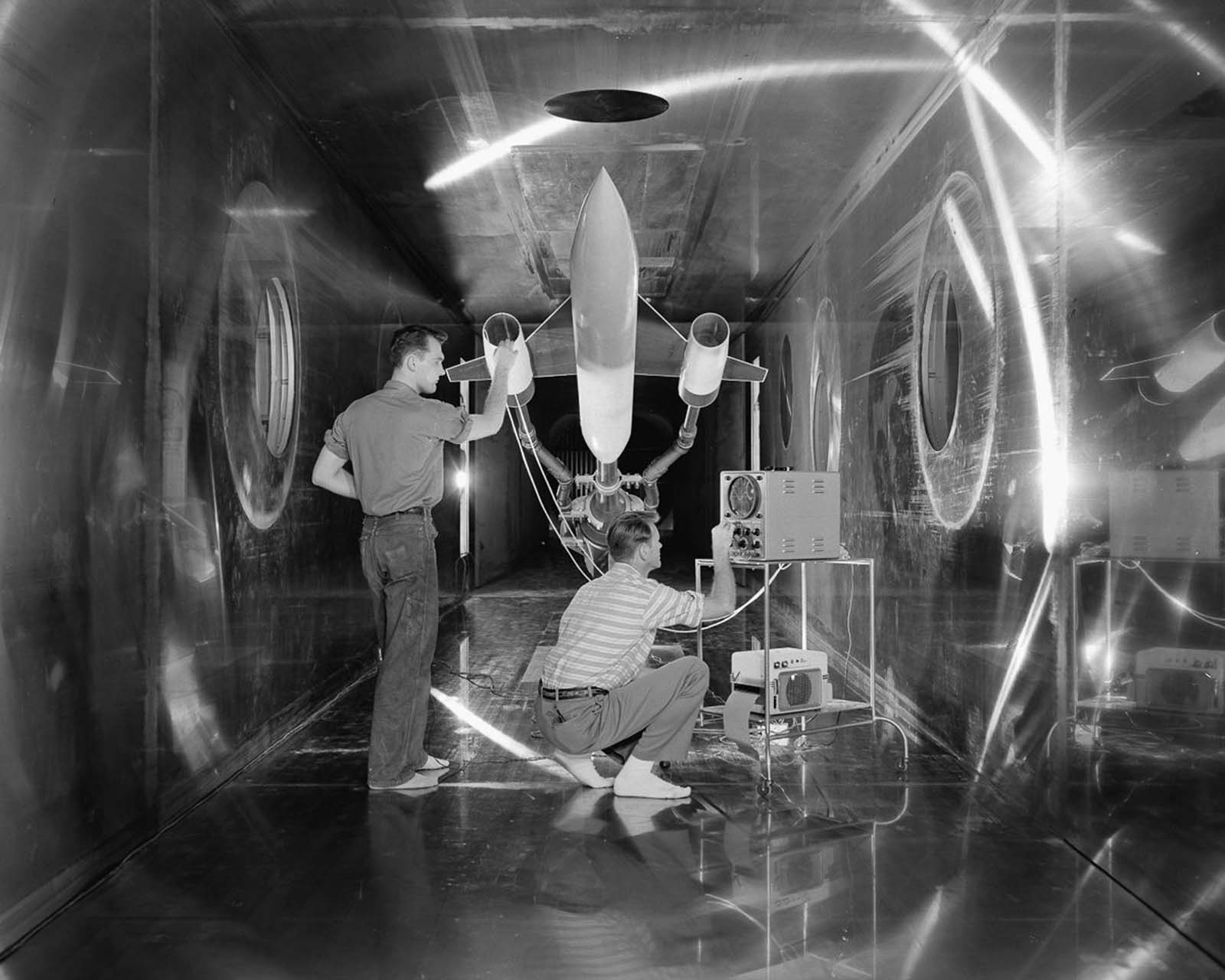
The National Advisory Committee for Aeronautics (NACA) also built a 30-foot-by-60-foot full-scale wind tunnel at Langley Research Center in Langley, Virginia in 1931. Its demolition started in 2010 despite being declared a National Historic Landmark in 1995.
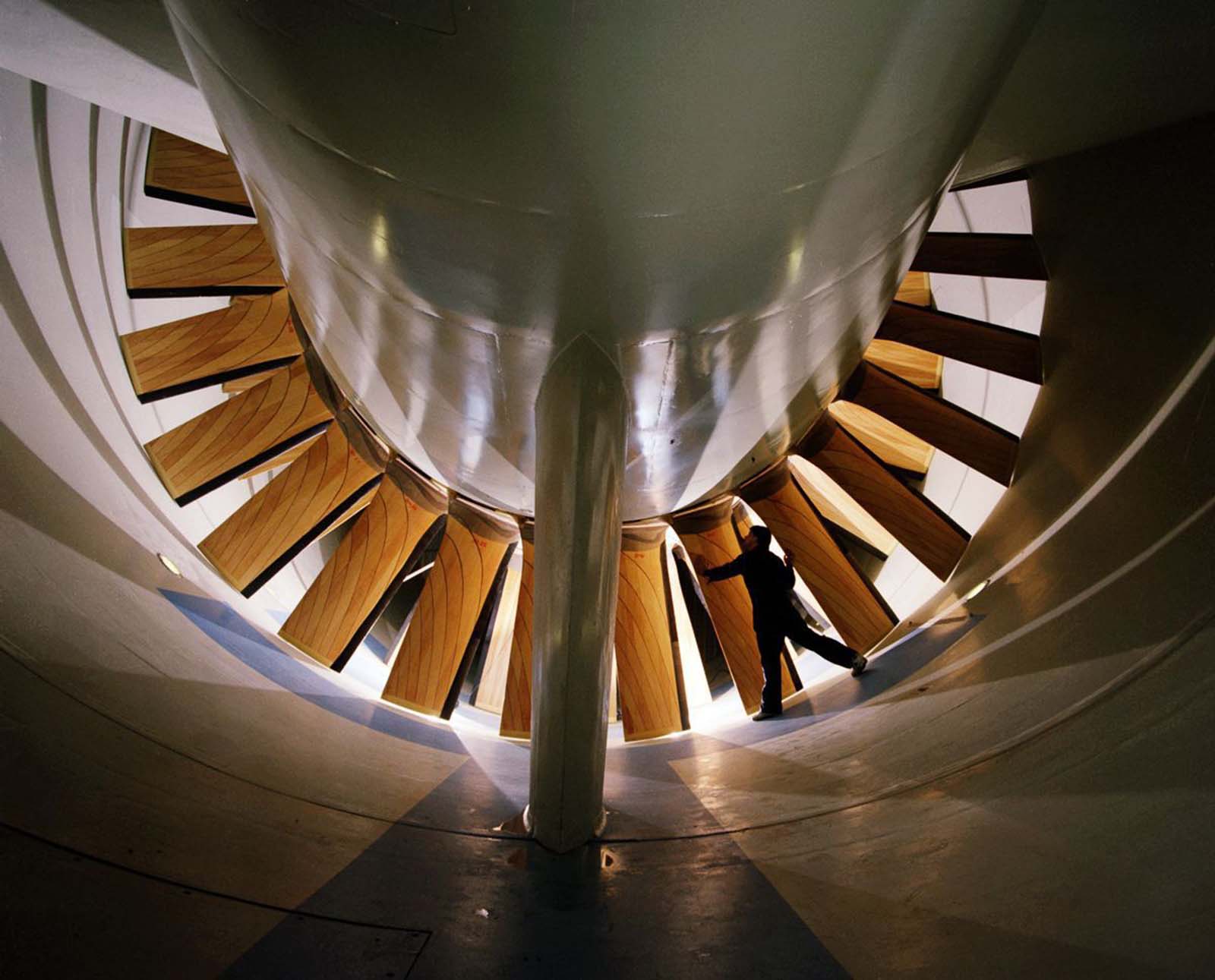
The US had built eight new wind tunnels by the end of World War II. Eventually, specialized and more advanced tunnels were developed to simulate subsonic, transonic, supersonic and even hypersonic speeds that could be five times the speed of sound.
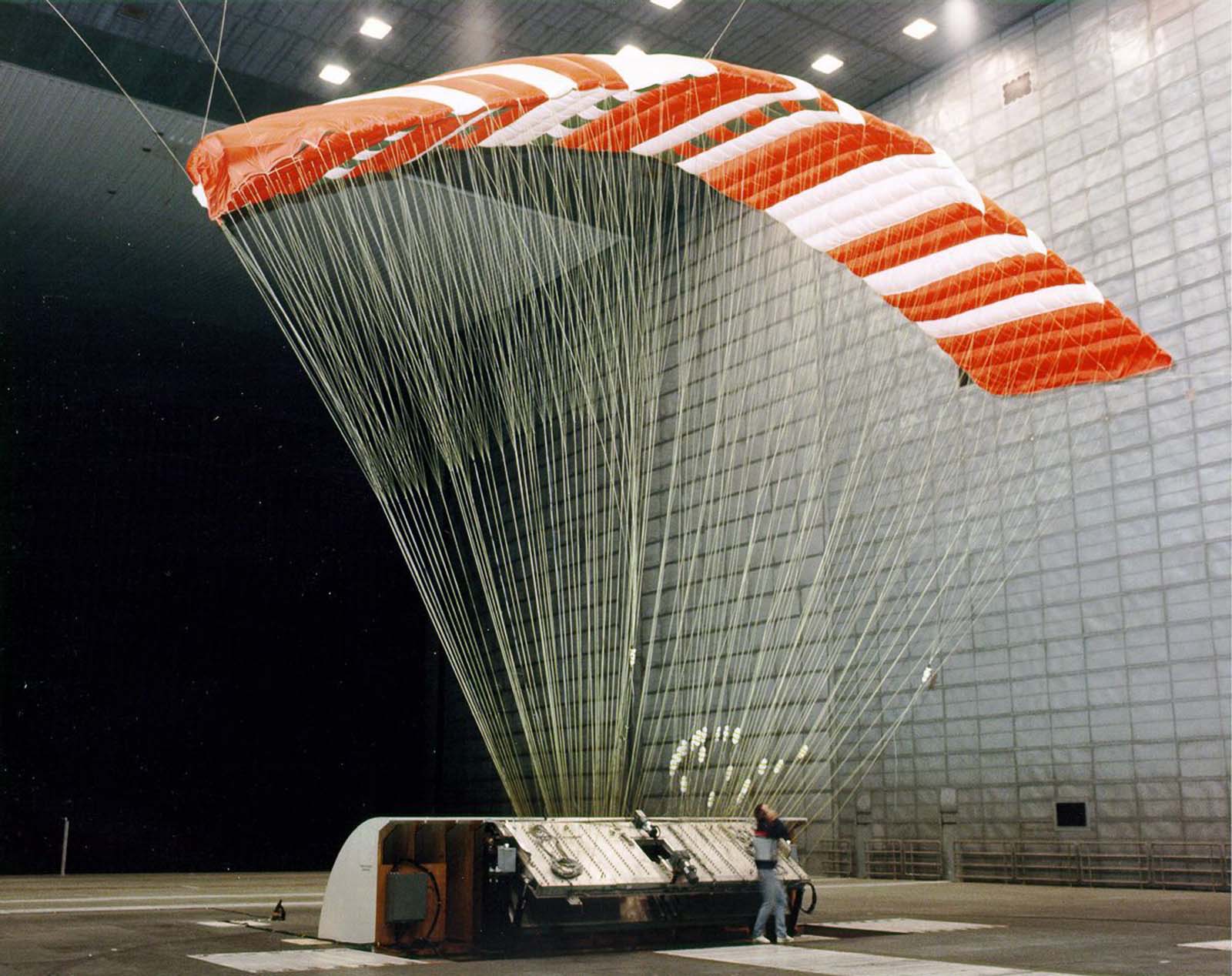
Some tunnels can replicate the fiery heat of atmospheric re-entry, while others can test the effects of ice buildup at high altitudes.
